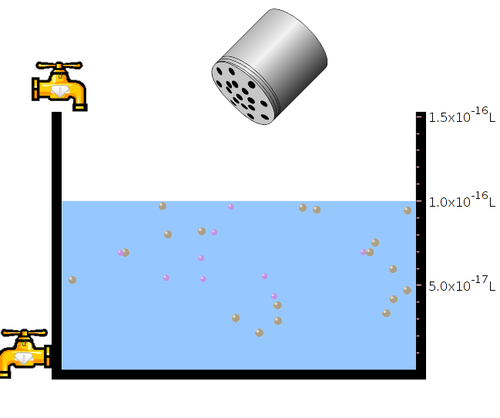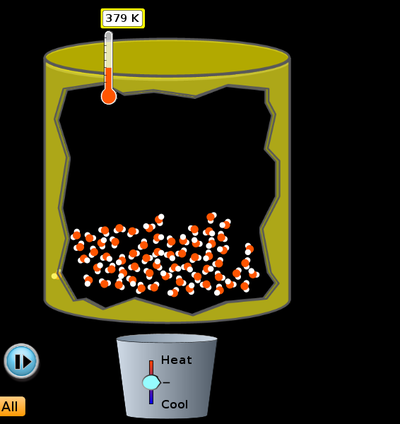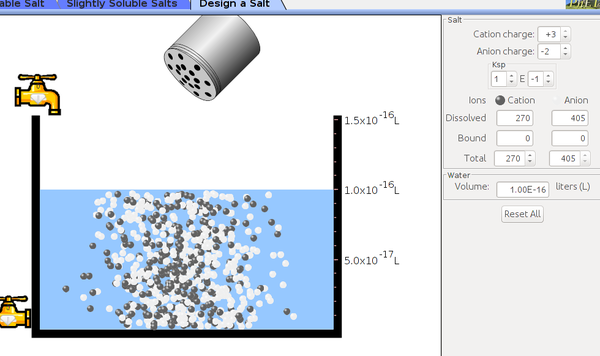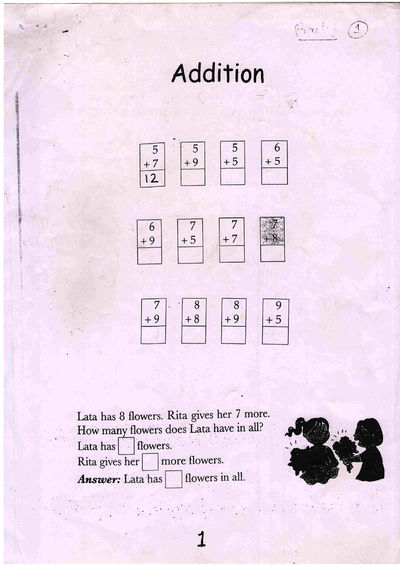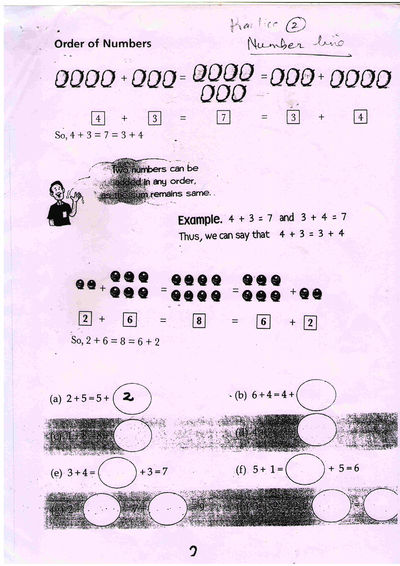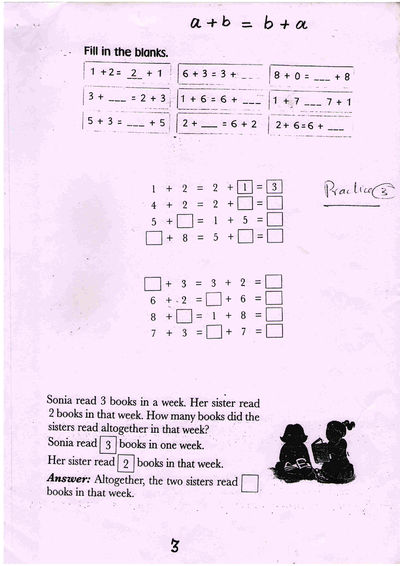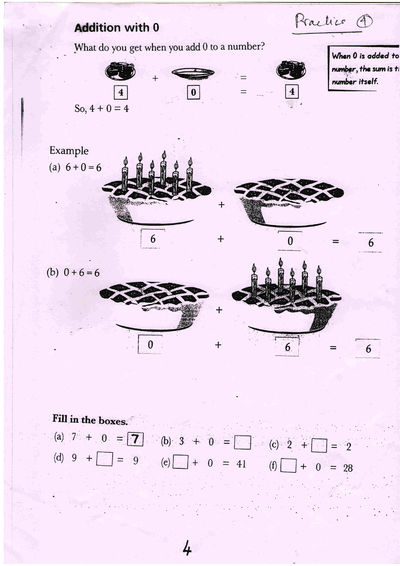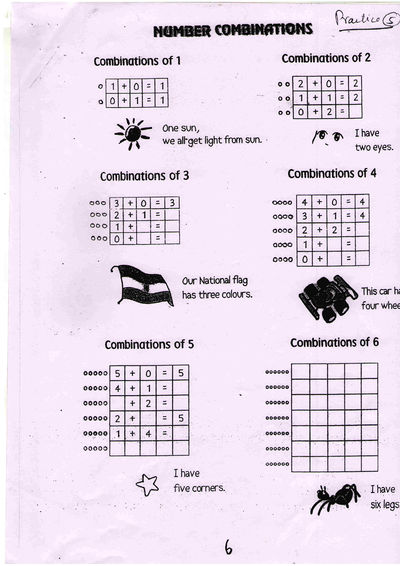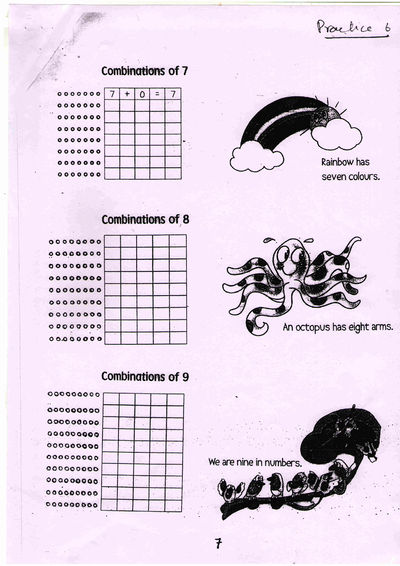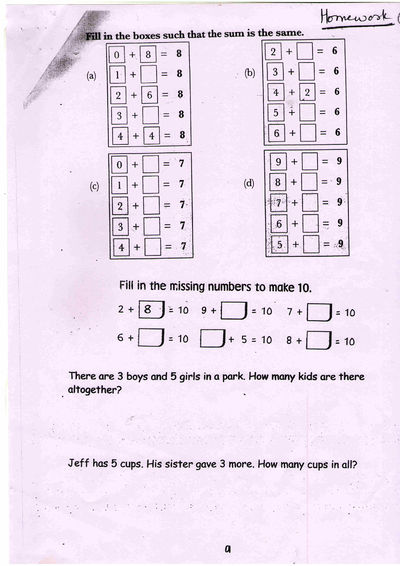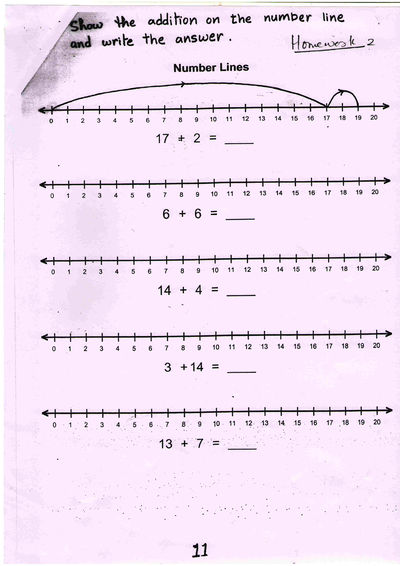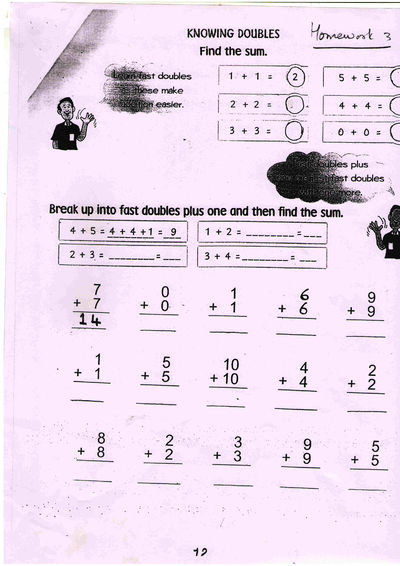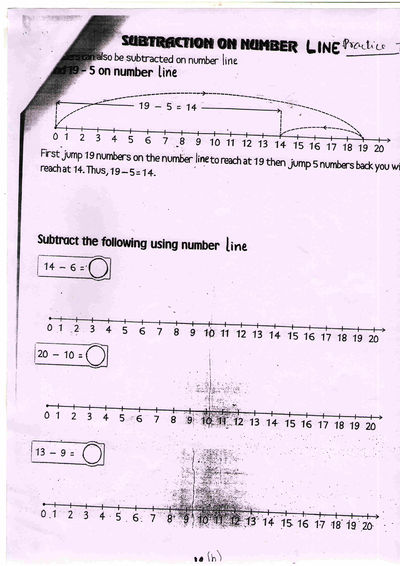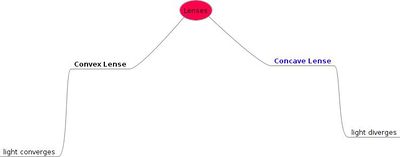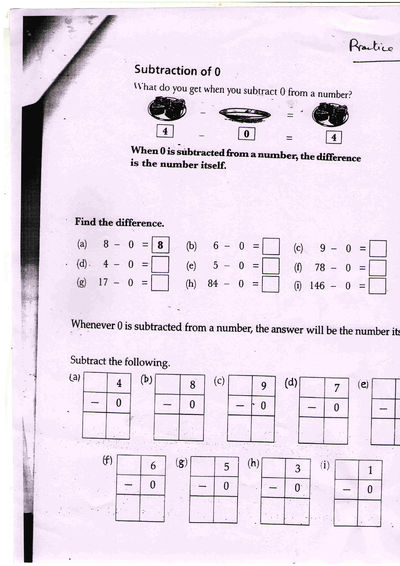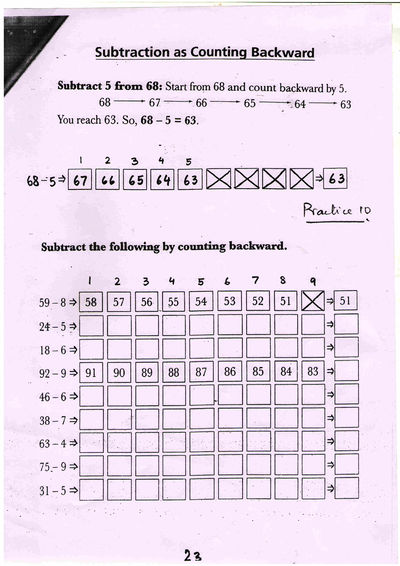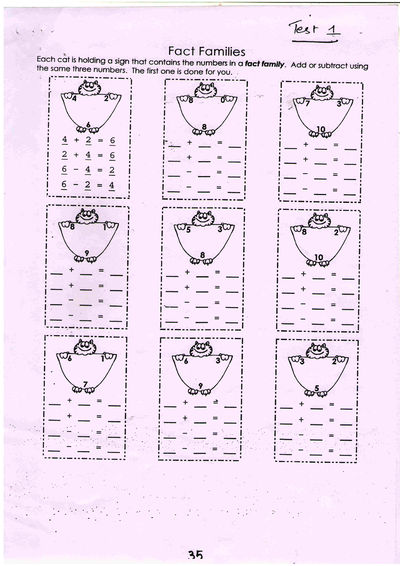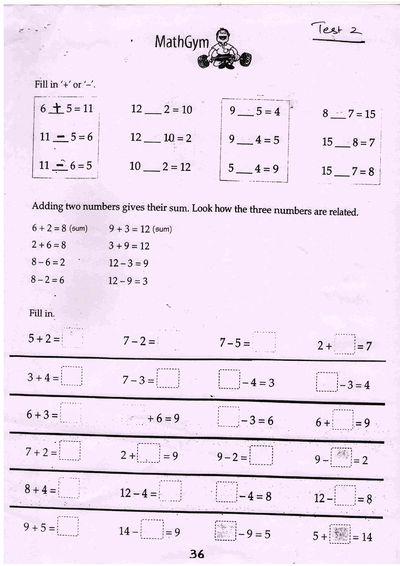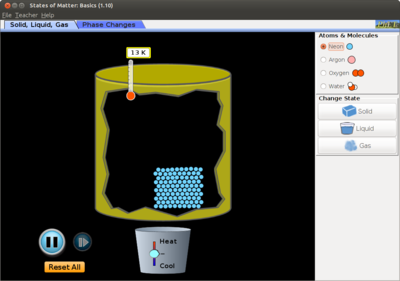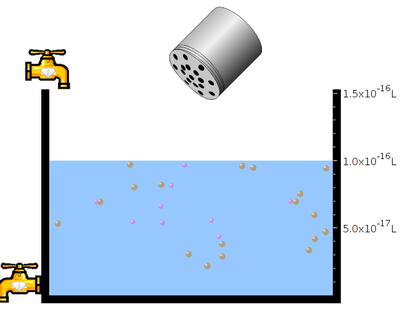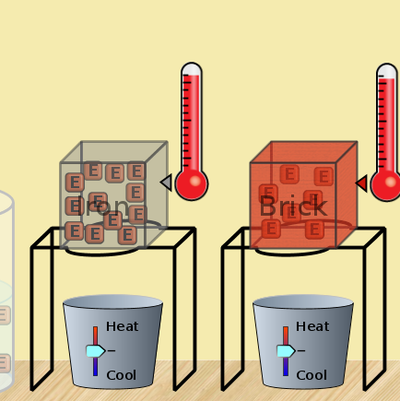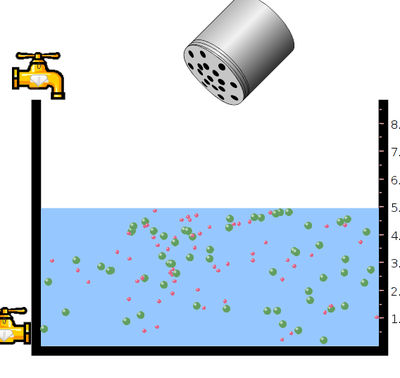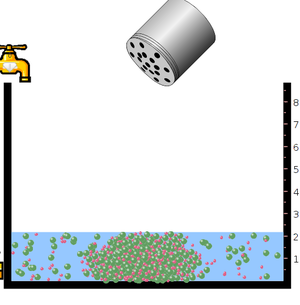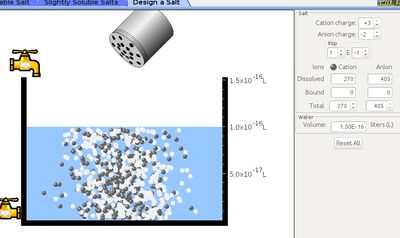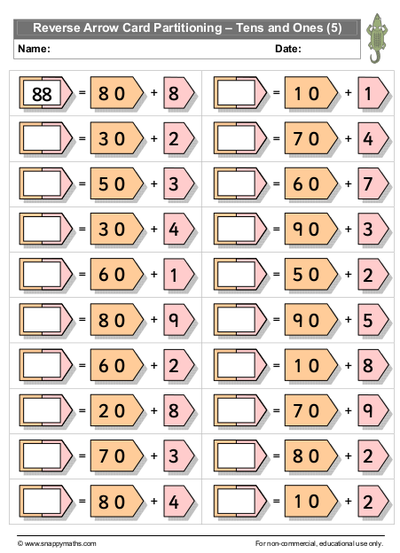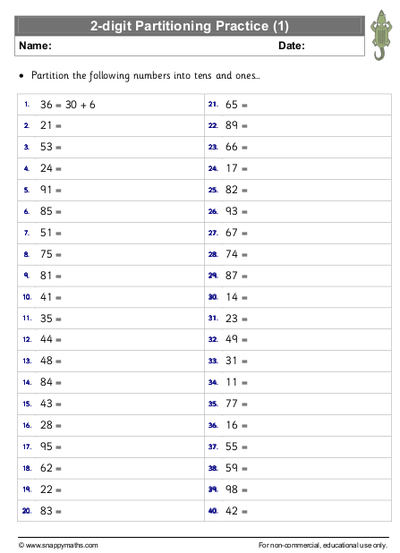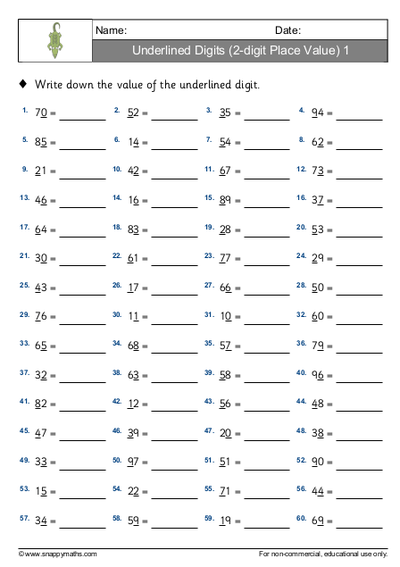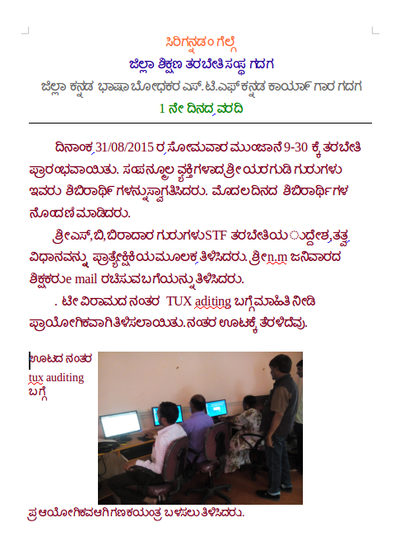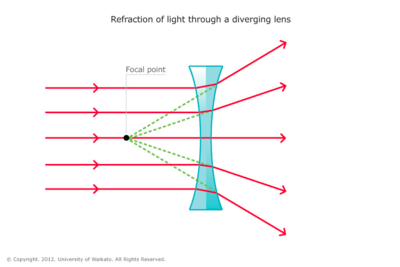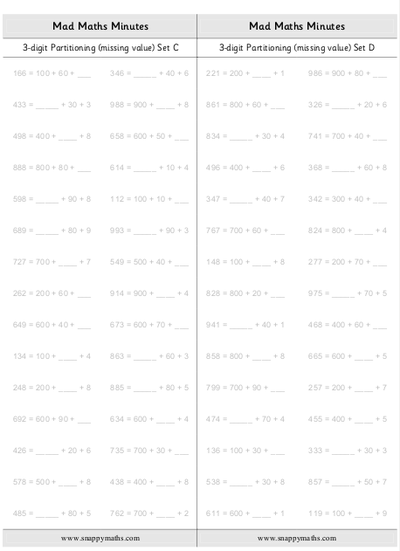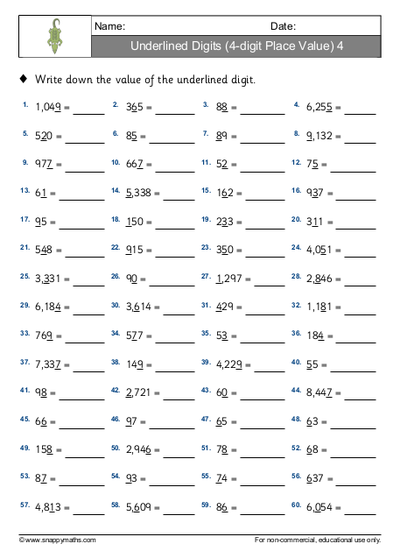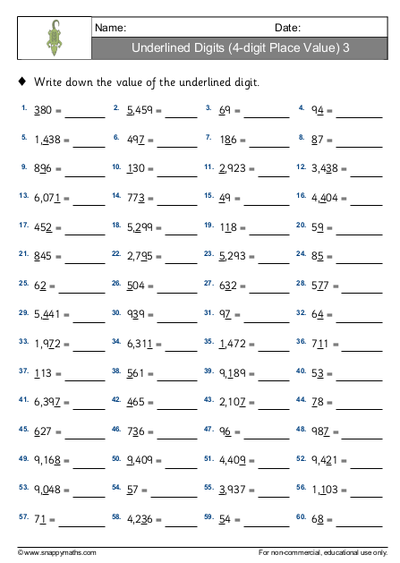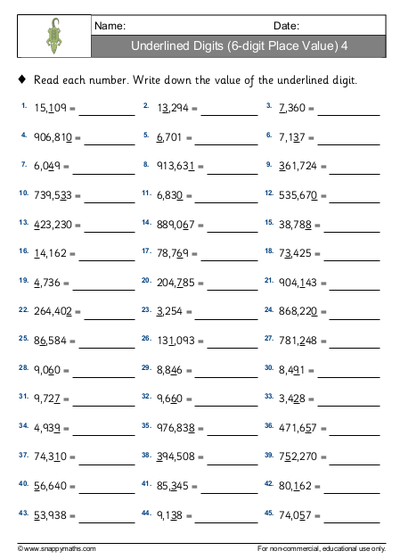Place value lesson
| Philosophy of Mathematics |
While creating a resource page, please click here for a resource creation checklist.
Concept Map
Textbook
Please click here for Karnataka and other text books.
Additional Information
Useful websites
Reference Books
Teaching Outlines
- PLace value table puzzle Place value
- Place value numbers and pictures numbers and pictures
Concept #
Learning objectives
Notes for teachers
I Making hundreds, tens and ones (1 period)
- Print 32 squares of this.
- Distribute into 8 groups of 4 children each.
- Each group will get 4 squares.
- The value of 4 squares will be 4x100 = 400
- Each group must cut the solid lines; 1 square will have 10 strips. These are tens. So each square has 10 “tens” (They can either *cut, or work without cutting – up to the children)
- Each one of those tens will have 10 ones.
- Let the children make numbers and write them down
- Ask them what is the largest number each group can make? 400 is the answer – but check if children understand this.
II. Abstraction from here (1 period)
Now let us assume children have 9 such squares.
In each group, how many hundreds are possible ? – 9
In each group, how many tens are there ? – 9 x 10 = 90
In each group, how many tens are there ? – 90 x 10 = 900
1-9 ones are possible; 10 ones means one ten. Ten ones is the same as one ten
1-9 tens are possible; 10 tens means one hundred. Ten tens is the same as one hundred.
What happens when we have 10 hundreds? What is it the same as?
What is the importance of ten? We count in groups of tens
9+1= 10 = 10 x 1
99 + 1 = 100 = 10 x 10
999 + 1 = 1000 = 10 x 100
Greatest 1-digit number + 1 = Smallest 2-digit number
Greatest 2-digit number + 1 = Smallest 3-digit number
Greatest 3-digit number + 1 = Smallest 4-digit number
Following the pattern, we can expect that, on adding 1 to the greatest 4-digit number
(9999 – nine thousand nine hundred and ninety nine) we get the smallest 5-digit number
(9999 + 1 = 10,000 or ten thousand). Further we can expect that 10 x 1000 = 10,000 i.e.
9999 + 1 = 10,000 = 10 x 1000.
Do this only when children are confident – this is for advanced students
III. Fill number line (1 period)
Draw these one below the other
1,2,.......
10,20,.......
100, 200,.....
IV Tell stories and Play With Number Systems (1 period - optional)
http://www.math.wichita.edu/history/topics/num-sys.html#sense
(This page is downloaded and given as reading materials – page is called Number Systems)
V Questions/ activities for class
- Arrange in order – shortest, tallest, increasing and decreasing order
- Making numbers
Suppose we have 4 digits 7, 8, 3, 5. We want to make different 4-digit numbers using these digits such that no digits are repeated in each number. For example, you can make 7835 and 3578 but 7738 is not allowed because 7 is repeated and 5 is not used.
a. What is the greatest number you can make?
b. What is the smallest number?
c. Can you write down how you make the greatest number and the smallest number?
Use the given digits without repetition and make the greatest and smallest 4-digit numbers. Note that 0753 is a 3 digit number and is therefore not allowed.

- Now make the greatest and smallest 4-digit numbers by using any one digit twice.
Hint: Think about which digit you will use twice.

- Make the greatest/ smallest 4-digit numbers using any 4 different digits with conditions as given
Activities
- Activity No #1 Activity-1
- Activity No #2 Activity-2
Concept #
Learning objectives
Notes for teachers
These are short notes that the teacher wants to share about the concept, any locally relevant information, specific instructions on what kind of methodology used and common misconceptions/mistakes.
Place Value worksheet
Activities
- Activity No #1 Concept Name - Activity No.
- Activity No #2 Concept Name - Activity No.

